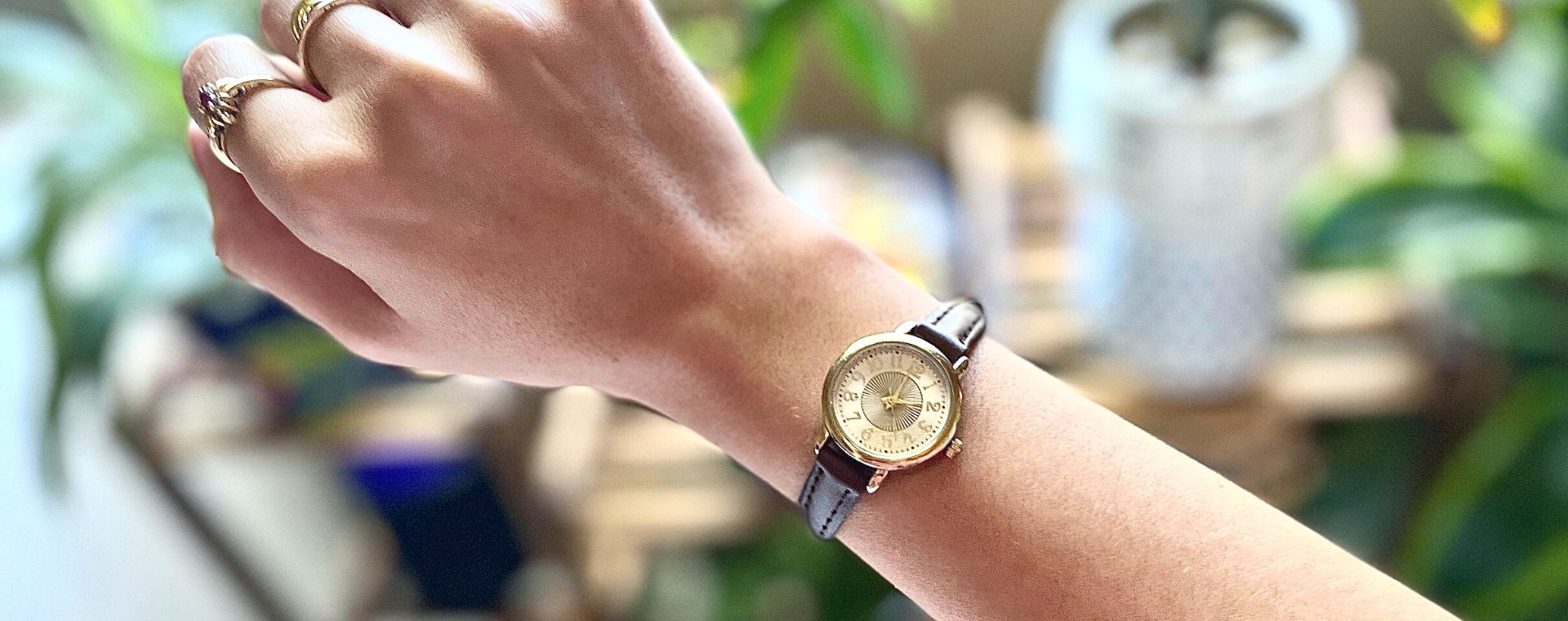In an ever-evolving, fast paced society that doesn’t plan on slowing down any time soon, one of the best ways to truly embrace each experience is through the powerful practice of patience. Each circumstance in life provides us with the opportunity for developing and increasing this essential ability.
It is the little things, the in-between moments when we are waiting for life to happen that the sweetness of existence is revealed.
When learning to more fully embrace each passing moment through the conscious act of patience, every experience inevitably becomes a quality one.
Why Patience is so Important
The basic principles of patience will assist with the more simple, perhaps mundane daily occurrences. However, understanding the importance of this skill has the potential to transform even the deepest levels of life.
Establishing the fundamental practice of increasing our tolerance to undesired occurrences happening in our inner and outer world is crucial for the development of greater long-term fulfillment.
Please Note: tolerating physical or mental abuse is not related to the guidance of this message nor is something recommended ever continuing to endure.
Stretching our capacity to remain open to people, ideas, objects, or actions that live outside of our personal preferences brings us the ability to integrate adversity to the fullest.
When we are no longer spending so much energy working to deny or escape anything that stirs up discomfort, living in a flow state with life becomes possible.
Please Note: increasing the capacity for patience is not encouraging forcing ourselves in situations that will trigger us past a point of worsening or perpetuating our bodies into a trauma response.
Powerful Practices:
1. Notice when you are Waiting
Start simple! Whether you’re waiting in the grocery line, sitting on hold for customer service, stopped in traffic, or even just sitting with yourself..simply notice. What kinds of thoughts are coming up for you? Where are the sensations occurring in your body? How would you describe what you’re feeling?
Thoughts are energetic waves moving through your being & showing up through sensations in the body.
Every thought is accompanied by a sensation that is felt in the body. Bringing attention to the sensations we feel helps to ground us in the present moment because it brings us more into the body.
Therefore, making time to consciously observe our physical and emotional patterns throughout challenging experiences cultivates space for a more neutralized and enriched life.
As you begin to notice, you may start to create judgements about what you notice. You might fall into avoidance patterns such as obsessive daydreaming, dissociation, and oversleeping, etc. Continue to notice as these tendencies come up for you. Practice watching them come and go with less attachment over time.
Please Note: the avoidance patterns mentioned do not include psychological disorders and are not substitutes for medication, therapy, or further diagnosis.
2. Discover the Best Options
Once you have an awareness practice of noticing when you feel impatient or discontent, various options for how to respond become available. Discovering the best options for you to utilize during some of the most impatient daily experiences is key.
Consider the following questions:
- What has worked successfully for you in the past in terms of self-soothing, calming, and returning to a more balanced state?
- If how you’ve responded in the past isn’t working for the current circumstance, what is a new perspective or technique you haven’t considered before?
- What do you need right now? How are you best able to fulfill or honor these needs?

Think about journaling these questions or writing to release your pain & emotions.
Even if the most effective or compassionate approach involves simply enduring the unpleasant feelings|sensations & remaining more present with them, then this is the best option for you.
If you have observed your impatience and reviewed options but are still unsure of what to choose..remember a few new or previously successful techniques that you can rotate through and try out in the moment.
Here are a few examples:
- When overwhelm or irritation arises, locate the unpleasant sensation(s) in your body. Then, (without trying to deny|escape anything) intentionally place your awareness on an area of your body that brings you more pleasant and grounded sensations.
- Utilize the healing practice of placing your hands directly on an impatient sensation or somewhere that will enhance a new, preferred one. Another option is to try this with an item that brings you comfort. One that can be easily carried with you throughout the day.
- Notice the thoughts that accompany impatience and begin to self-inquire. Question and slow down to listen more deeply. Find ways to understand and reaffirm these intrusive voices|thoughts with a more loving, nurturing response.
For more effective techniques, ideas, & wisdom Go Here.
Please Note: the point of these exercises is to begin practicing ways that work best for you. It is all about choosing and playing with options that will compliment your current circumstances.
3. Embrace the Process
When it comes to instilling any new self-care regimen into your daily experience, one of the most important components is commitment. In choosing to commit to a more mindful lifestyle, committing to the act of consistency is vital.
Just as we may commit to showing up for work, taking care of our family, watering the plants…embracing the process is what becoming more patient is truly all about. No matter what you do to assist yourself in the process of patience, do it wholeheartedly.
Taking the initiative to practice slowing down through difficult circumstances allows us to fully relish more intimately with each passing moment. Instead of projecting the fear of impatient feelings onto others or taking it out on ourselves, we begin to sit with each experience willingly.
When we are no longer battling reality internally or externally, only stillness remains.





